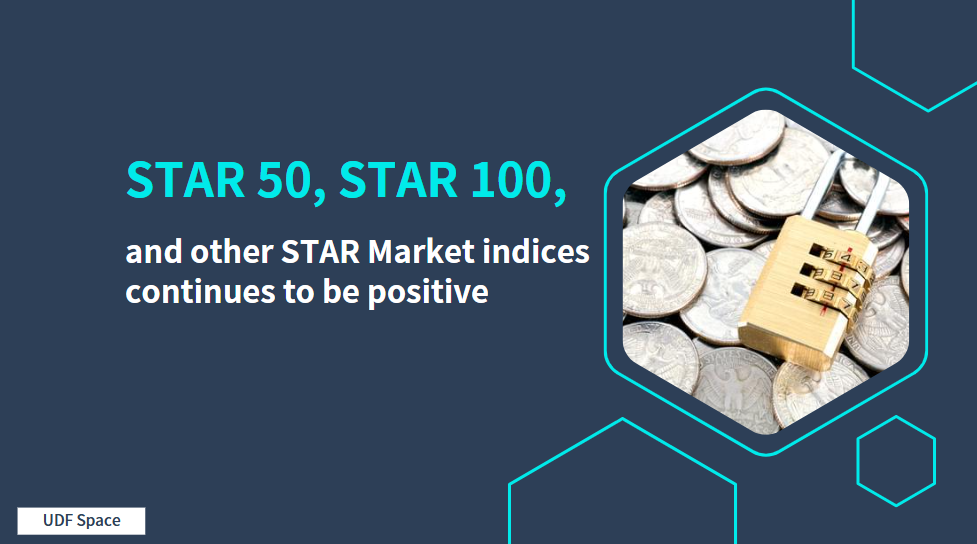China Cuts Rates: Economic Boost Amidst Banking Pressure
China's recent monetary policy adjustment, highlighted by a 25 basis point reduction in the five-year loan prime rate (LPR) to 3.95%, represents a bold move by the People's Bank of China (PBOC) to invigorate the slowing economy. This decision, aimed at stimulating the property sector and broader economic activity, showcases the central bank's commitment to fostering economic stability and growth.
Strategic Rate Reductions to Spur Growth
The recent rate cut, the largest since the LPR was established as the main lending benchmark in 2019, underscores the central bank's ongoing efforts to counteract economic headwinds. With China's economy heavily reliant on the property sector, the rate cut is a strategic attempt to ease pressures on this crucial industry. State-owned banks, which have significant exposure to mortgages and infrastructure loans, are expected to feel a notable impact from the reduced LPR. This is part of a broader trend where the central bank has been lowering rates to stimulate growth, having already cut deposit rates four times since September 2023.
Despite these efforts, the effectiveness of such measures is under scrutiny. According to Fitch Ratings, the cut will narrow the banking sector's average net interest margin (NIM) by around six basis points over 2024 and 2025, equating to approximately 5% of overall net profits, assuming other factors remain constant. While this adjustment presents a challenge, it also highlights the persistent revenue pressures faced by commercial banks due to moderate retail and mortgage loan demand.
Balancing Property Sector Stability
The central bank's directive for large state banks and some major joint-stock banks to finance residential property development projects aims to support the struggling property sector. This move could help stabilize the market, although it requires careful management to ensure asset quality remains robust.

In response to the anticipated decline in margins, banks are likely to continue reducing deposit rates, a trend observed multiple times in recent months. The reserve requirement ratio may also be adjusted downward, though these measures alone may not be sufficient to reverse the expected downward trend in margins, as reflected in Fitch's outlook for China's banking sector.
Enhancing Nominal Purchasing Power
The primary challenge facing the Chinese economy is the lack of demand, influenced by low prices and sluggish income growth. To address this, the PBOC's strategy focuses on enhancing nominal purchasing power through broad credit creation, which involves extending loans and issuing bonds to increase financial assets and, consequently, purchasing power. This approach is expected to mitigate the downward economic pressures by providing more liquidity to the market.
Lowering the policy interest rate by 100 to 200 basis points could save debtors 2-3 billion yuan annually in estimated debt interest payments, adding at least 10 trillion yuan to financial assets. This increase would stabilize real estate prices and bolster consumption by enhancing the financial capacity of consumers and businesses. However, the full impact of these measures may not be immediate, as most existing mortgage loans are repriced annually in January, meaning the benefits of the lower rates will primarily be felt from January 2025.
Managing Banking Margins and Risks
The rate cut is part of a broader set of countercyclical policy tools designed to optimize the relative price environment and stimulate economic activity. While some economists argue that China's households already possess significant financial assets, the distribution of these assets and the overall growth of credit are critical factors. The declining growth rate of total social financing, which has dropped from 12-13% in the past to 8% this year, underscores the need for more robust measures to bolster nominal purchasing power and demand.
Concerns about potential adverse effects, such as reduced bank profits or exchange rate fluctuations, are tempered by the anticipated boost in total demand and nominal income levels. A revitalized economy would increase demand for renminbi assets, providing strong support for the currency.
In conclusion, while China's latest rate cut is a strategic move to stimulate economic growth, its impact on the banking sector and broader economy remains complex. Balancing the need for economic revival with the health of financial institutions will require careful management and additional policy measures to ensure sustainable growth and stability.






















































First, please LoginComment After ~